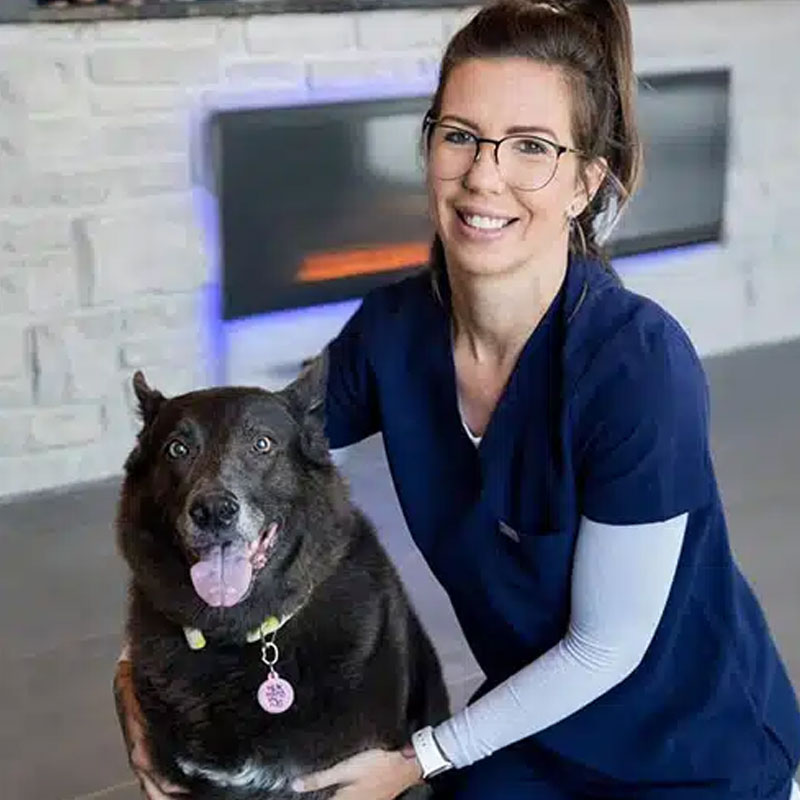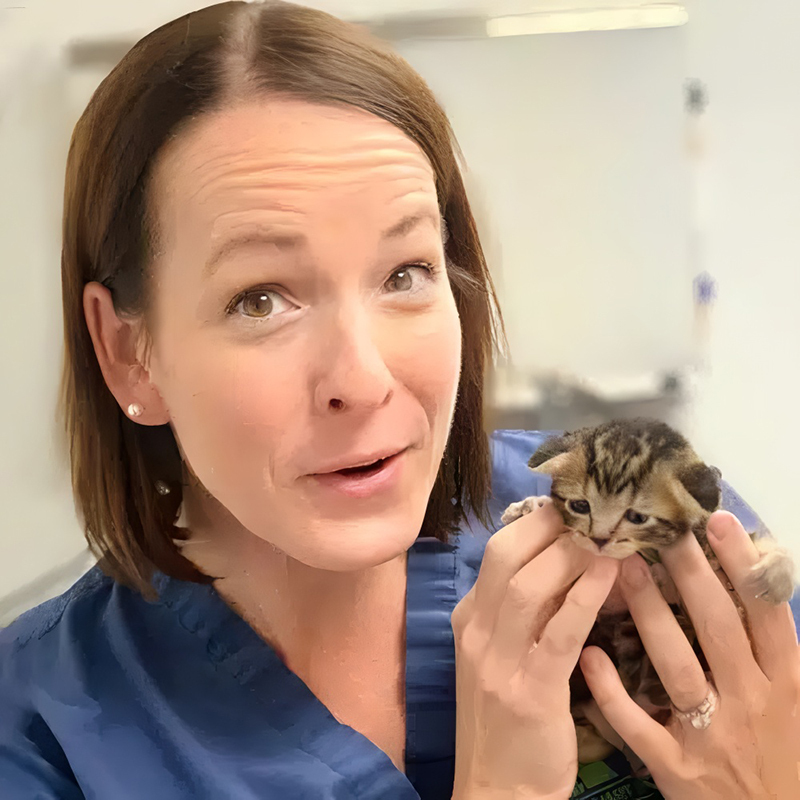Comprehensive Care for Hip Joint Instability
Tailored treatment plans to improve comfort and function.

Hip Dysplasia
Hip dysplasia is a developmental condition that affects the hip joints of pets—most commonly large-breed dogs, though it can occur in smaller dogs and even cats. It happens when the ball and socket of the hip joint don’t fit together properly. Instead of gliding smoothly, the bones grind against each other, leading to joint instability, pain, and eventually arthritis.












